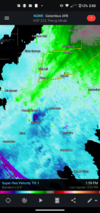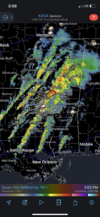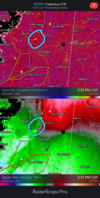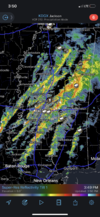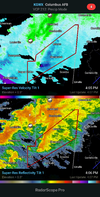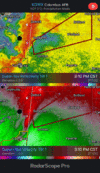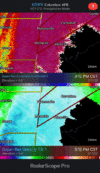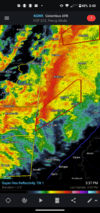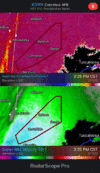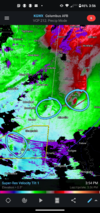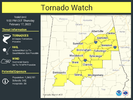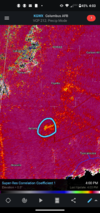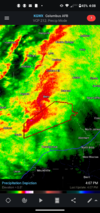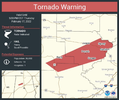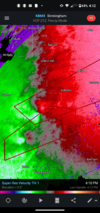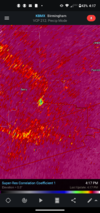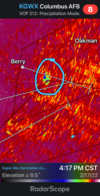Z
-
Hello, please take a minute to check out our awesome content, contributed by the wonderful members of our community. We hope you'll add your own thoughts and opinions by making a free account!
You are using an out of date browser. It may not display this or other websites correctly.
You should upgrade or use an alternative browser.
You should upgrade or use an alternative browser.
Severe Severe Weather February 16th -18 2022
- Thread starter Darklordsuperstorm
- Start date
Wind advisories out by GSP now for severe Winds in Piedmont
NBAcentel
Member
HSVweather
Member
First glance looks like a decent bow of straight line winds. More than likely a little rotation in there somewhere.
Shredded garbage.Talk about a messy slop storm mode, seen this from a mile away View attachment 113832
NBAcentel
Member
Snow Wisher
Member
I’m in the thunderstorm warned area just southwest of Columbus. Hard rain and gusty winds. Three different storm chasers passed by house in the last 20-30 minutes headed East into Alabama. They think Mississippi has become stable enough for no tornadoes - more likely in East Alabama.
HSVweather
Member
HSVweather
Member
Winfield got hit last month, last thing they need is another one
Z
Zander98al
Guest
Two tornado warnings. Looks like two TDS as well
HSVweather
Member
HSVweather
Member
Going to cancel the Winfield AL warning
Z
Zander98al
Guest
Z
Zander98al
Guest
So far not hearing much ground truth except brief funnel over in Noxubee Co, MS.
Very little lightning with these storms
HSVweather
Member
So far, little or no debris sig on the Pickens Co warned storm.
Z
Zander98al
Guest
WeatherGirl205
Member
Fox 6 thought they saw a debris signature but not sure if it is confirmed.
Z
Zander98al
Guest
Z
Zander98al
Guest
HSVweather
Member
Z
Zander98al
Guest
Z
Zander98al
Guest
That bottom cell will be making a beeline for me.
Z
Zander98al
Guest
Probably about to get a quick touchdown on the northern cell. Velocity looks right.
Z
Zander98al
Guest
Z
Zander98al
Guest
Pretty strong and tight rotation might be a quick strong touchdown. Unless if it stays on the ground for longerProbably about to get a quick touchdown on the northern cell. Velocity looks right.
Spann says NWS stated, large confirmed tornado.
Z
Zander98al
Guest
PDS tornado warned now
And it’s probably gone.
Z
Zander98al
Guest
Z
Zander98al
Guest
Z
Zander98al
Guest
Kinematics are on full display for these Birmingham cells ?.

